The Miniature Pinscher, also known as the Min Pin, is a small breed of dog that originated in Germany. What is a Miniature Pinscher? Despite its name, the Miniature Pinscher is not a miniature version of the Doberman Pinscher, but rather a separate breed altogether.
The Miniature Pinscher is a small, compact dog that typically weighs between 8-10 pounds and stands at a height of 10-12 inches. They have a short, smooth coat that comes in several colors, including black and tan, chocolate and tan, and red. The breed is known for its high energy and playful nature, making them a popular choice for families with children.

As a breed, the Miniature Pinscher is known for its intelligence and loyalty. They are quick learners and respond well to positive reinforcement training methods. Despite their small size, they are often used as watchdogs due to their alertness and tendency to bark at strangers. Overall, the Miniature Pinscher is a beloved companion for many dog owners and continues to be a popular breed worldwide.
Origin and History
The Miniature Pinscher, also known as the Min Pin, is a small breed of dog that originated in Germany. This breed is believed to have descended from the German Pinscher, the Doberman Pinscher, the Dachshund, and the Italian Greyhound.
Early Beginnings
The Miniature Pinscher is one of the oldest breeds of toy dogs, and it is believed to have existed for over 200 years. It was originally bred to hunt vermin, and it was also used as a watchdog. The breed was first recognized by the German Kennel Club in 1895.
Development of the Breed
In the early 1900s, breeders began to selectively breed the Miniature Pinscher for its small size and unique appearance. The breed was officially recognized by the American Kennel Club in 1925.
The Miniature Pinscher is often compared to the Doberman Pinscher, but the two breeds are not related. The Miniature Pinscher is a separate breed with unique characteristics.
Today, the Miniature Pinscher is a popular companion dog and is known for its energetic and playful personality. It is also a popular show dog, and it has won numerous awards and accolades for its beauty and grace.

Breed Characteristics
Physical Appearance
Miniature Pinschers, also known as Min Pins, are small and compact dogs with a short, sleek coat. They have a distinct, elegant appearance with a high-stepping gait. Their ears are erect and their tail is usually docked. The breed has a muscular and athletic build, with a deep chest and strong legs.
Size and Weight
According to the American Kennel Club (AKC), Miniature Pinschers should weigh between 8 to 10 pounds and stand between 10 to 12.5 inches tall at the shoulder. They are considered a small breed, but they are not fragile or delicate. Despite their small size, they are known for their energy and endurance.
Coat and Colors
The Miniature Pinscher's coat is short, smooth, and shiny. They come in a variety of colors, including red, black, tan, chocolate, and solid red. The most common color is red with rust markings. The AKC recognizes all of these colors, but they prefer a clear, rich color with sharply defined markings.
Overall, the Miniature Pinscher is a lively and energetic breed that makes a great companion for those who enjoy an active lifestyle. They are intelligent, confident, and loyal dogs that thrive on attention and affection from their owners.
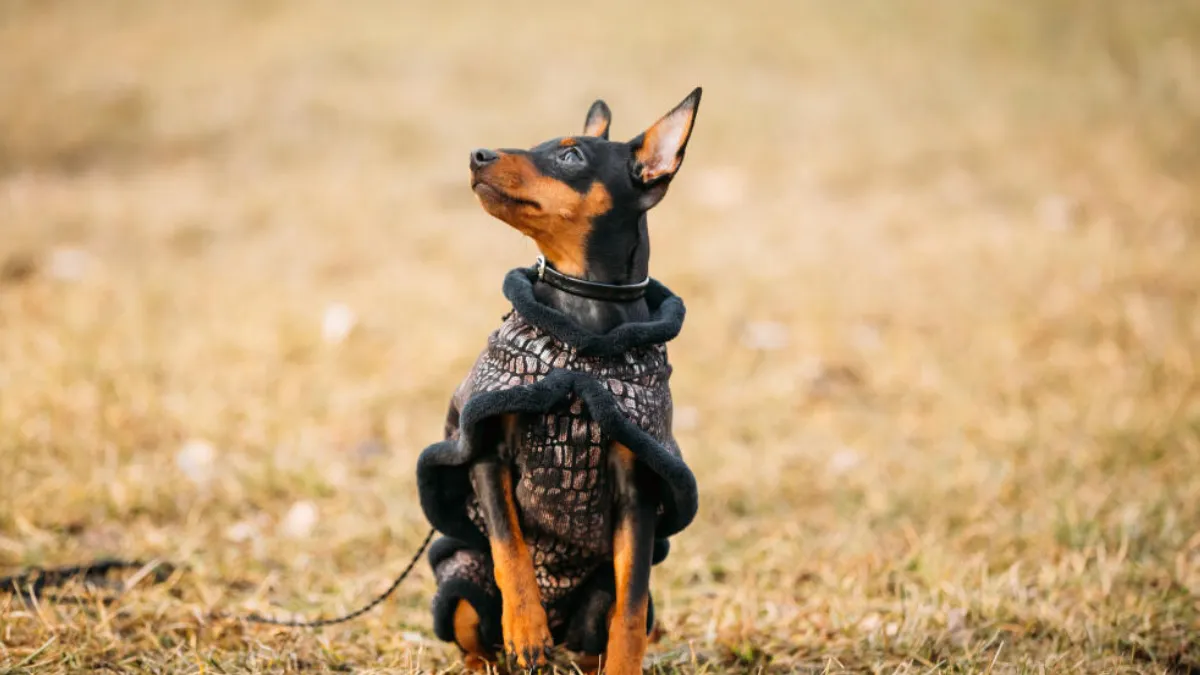
Temperament and Personality
Behavioral Traits
The Miniature Pinscher is known for its active and fearless temperament, making them an excellent watchdog. They are often referred to as the "King of Toys" because of their small size and confident personality. They are independent and smart, which can make them a challenge to train at times. However, they are also playful and affectionate, making them great companions for those who enjoy an active lifestyle.
Miniature Pinschers are social dogs and enjoy being around people. They are known for their stubbornness, which can make them difficult to train if not handled correctly. However, they are also very loyal to their owners and will protect them at all costs. Their friendliness makes them great with children, but they should always be supervised around young kids due to their small size.
Interaction with Family and Children
Miniature Pinschers are known for their affectionate personalities and love to be around their owners. They are loyal and will often follow their owners around the house. They enjoy playing and will often engage in playtime with their owners.
When it comes to children, Miniature Pinschers are generally good with kids. However, due to their small size, they should always be supervised around young children. They have a high energy level and enjoy running and playing, which can make them great companions for active families.
Overall, Miniature Pinschers are an excellent choice for those looking for an active and affectionate companion. They are known for their fearless and independent personalities, but they are also loyal and protective of their owners. With proper training and socialization, they can make great family pets.
Health and Care
Common Health Issues
Like all dog breeds, Miniature Pinschers are prone to certain health issues. Some of the most common health problems associated with this breed include Legg-Calve-Perthes disease, thyroid issues, obesity, and patellar luxation. Legg-Calve-Perthes disease is a condition that affects the hip joint and can cause pain and lameness. Thyroid issues can result in a variety of symptoms, including weight gain, hair loss, and lethargy. Obesity can lead to a range of health problems, including joint issues, heart disease, and diabetes. Patellar luxation is a condition where the kneecap dislocates, causing pain and lameness.
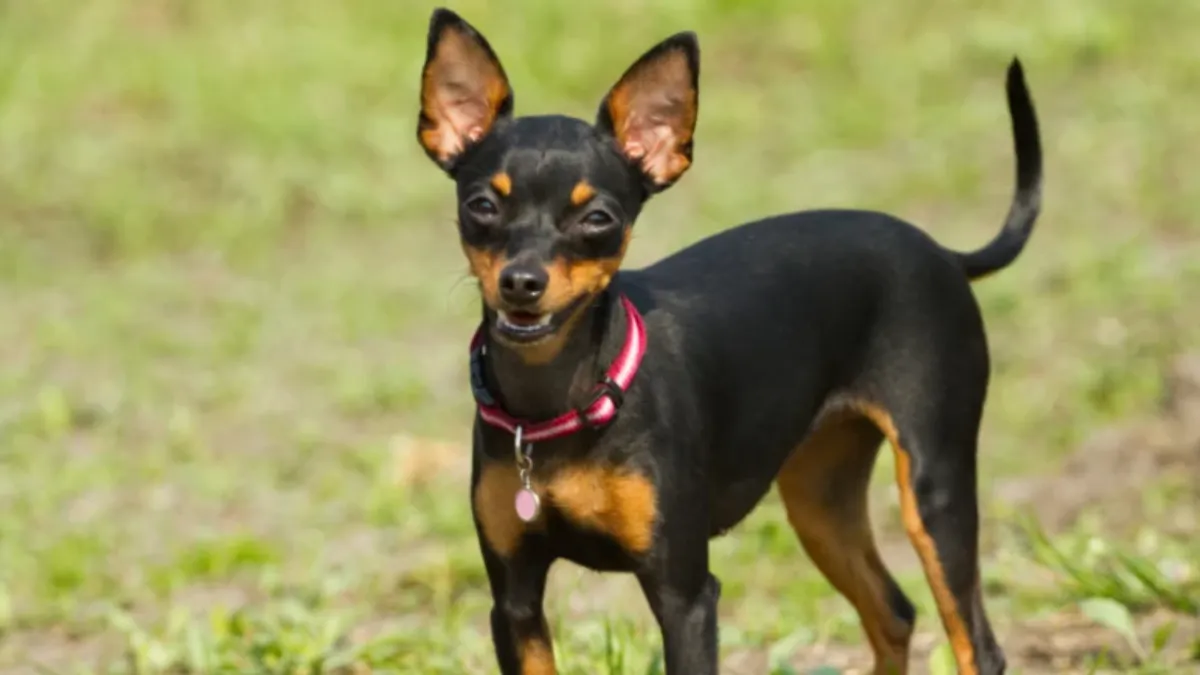
Grooming Needs
Miniature Pinschers have a short, smooth coat that requires minimal grooming. Weekly brushing with a soft-bristled brush or grooming mitt will help to remove any loose hair and keep the coat shiny and healthy. Bathing should be done as needed, but not too frequently, as this can strip the coat of its natural oils. Regular nail trimming and teeth brushing are also important for maintaining good health and hygiene.
Diet and Nutrition
A balanced and nutritious diet is essential for the health and well-being of Miniature Pinschers. It's important to choose a high-quality dog food that is appropriate for their age, size, and activity level. Miniature Pinschers are prone to obesity, so it's important to monitor their calorie intake and avoid overfeeding. Treats should be given in moderation, and table scraps should be avoided. Fresh water should be available at all times.
In addition to these common health issues, Miniature Pinschers may also be at risk for other conditions such as progressive retinal atrophy (PRA) and hypothyroidism. Regular veterinary check-ups and preventative care can help to catch and address any health issues early on, ensuring that your Miniature Pinscher stays healthy and happy for years to come.
Training and Exercise
Training Techniques
Miniature Pinschers are intelligent and trainable dogs, but they can also be stubborn at times. It is important to start training them at a young age and to be consistent with their training. Positive reinforcement techniques, such as treats and praise, work well with Min Pins. Harsh training methods should be avoided as they can cause fear and aggression in the dog.
Socialization is also an important aspect of training for Min Pins. They should be exposed to different people, animals, and environments from a young age to prevent fear and aggression towards strangers and other animals.
Exercise Requirements
Miniature Pinschers are active and playful dogs that require regular exercise to maintain their energy levels and overall health. They should be taken for daily walks and given opportunities to run and play in a fenced yard or park.
In addition to physical exercise, mental stimulation is also important for Min Pins. Interactive toys, puzzle games, and obedience training can help keep their minds active and prevent boredom.
It is important to note that Min Pins have a high energy level and exercise needs, but they are also adaptable to different living situations. They can thrive in apartments as long as they are given enough exercise and mental stimulation.
Living with a Miniature Pinscher
Home Environment
Miniature Pinschers are adaptable dogs that can thrive in different living environments. They are suitable for families with children, as long as the children are taught how to properly interact with a small dog. However, due to their small size, they may not be the best fit for families with small children who may accidentally hurt them.
As a companion dog, they are content to be indoors and do not require a large yard. They are energetic and athletic, so daily walks and playtime are recommended to keep them mentally and physically stimulated. They are also self-possessed dogs that enjoy their comfort, so they may prefer to curl up on a cozy bed or lap rather than play outside.
Adaptability
Miniature Pinschers are curious dogs that enjoy exploring their surroundings. Early socialization is important to ensure they are comfortable around new people and situations. They are also intelligent dogs that require mental stimulation to prevent boredom and destructive behaviors.

They are a toy breed, but they have a lot of energy and motion. They may not be the best fit for those who want a lap dog that just sits still. They are also known for their self-possession, which can be mistaken for stubbornness. Consistent training and positive reinforcement can help them learn good behavior.
Overall, Miniature Pinschers can make great companions for those who are willing to provide them with the proper care and attention they need.
Breed Recognition and Clubs
Miniature Pinschers are recognized by the American Kennel Club (AKC) as a member of the Toy Group. They have also been recognized by international kennel clubs such as the United Kennel Club (UKC) and the Canadian Kennel Club (CKC).
AKC Recognition
The AKC recognized the Miniature Pinscher in 1925, and they have been a popular breed ever since. They are known for their compact size, high energy, and intelligence. They are also loyal and make great companions.
The AKC sets breed standards for Miniature Pinschers, which include size, coat color, and temperament. Breeders who are members of the AKC must adhere to these standards when breeding Miniature Pinschers. The AKC also offers events such as dog shows and obedience trials for Miniature Pinschers and their owners.
International Clubs
In addition to the AKC, several international kennel clubs recognize the Miniature Pinscher. These include the UKC, CKC, and the Fédération Cynologique Internationale (FCI).
International kennel clubs have their breed standards for Miniature Pinschers, which may differ slightly from those of the AKC. Breeders who are members of these clubs must adhere to their respective standards when breeding Miniature Pinschers.
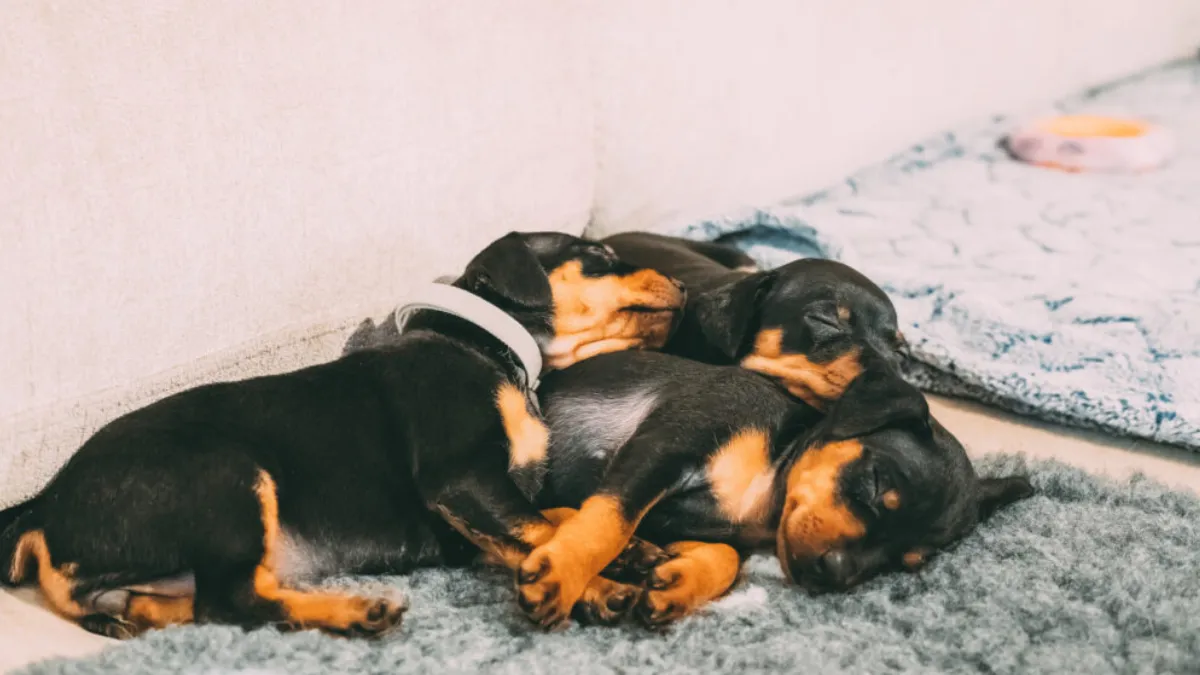
Overall, Miniature Pinschers are a popular breed among breeders and owners alike. Their recognition by multiple kennel clubs is a testament to their unique qualities and popularity within the toy group.
Choosing a Miniature Pinscher
Miniature Pinschers, or Min Pins, are a popular toy dog breed known for their energy and loyalty. If you're considering adding a Min Pin to your family, there are a few things to keep in mind when choosing a breeder or adoption agency.
Finding a Breeder
When looking for a Min Pin breeder, it's important to do your research. Look for breeders who are registered with reputable organizations such as the American Kennel Club. A good breeder will be happy to answer any questions you have about their dogs and will provide you with health certificates and other documentation.
It's also important to visit the breeder in person and see the puppies and their parents. This will give you an idea of the conditions the dogs are kept in and their temperament.
Considerations Before Adoption
If you're considering adopting a Min Pin from a shelter or rescue organization, there are a few things to keep in mind. While shelters may not be able to provide as much information about a dog's history as a breeder can, they often have a wide variety of dogs to choose from.
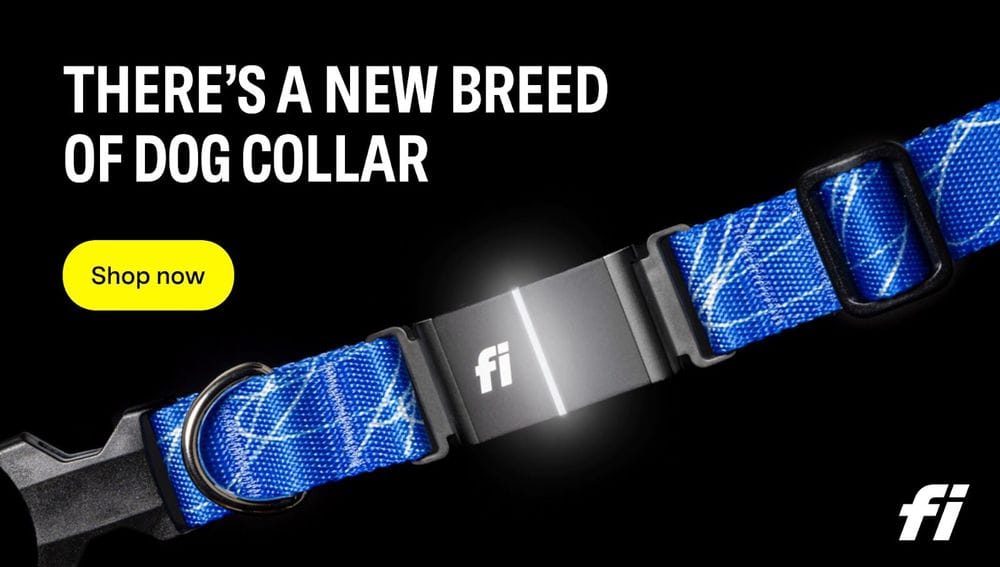
Before adopting, consider your lifestyle and whether a Min Pin is the right fit for you. These dogs are known for their energy and can be prone to barking, so they may not be the best choice for apartment living. It's also important to consider the dog's age and any health issues they may have.
Regardless of whether you choose to adopt or buy from a breeder, it's important to provide your Min Pin with proper care and attention. This includes regular exercise, a healthy diet, and plenty of treats and toys to keep them entertained. With proper care, a Min Pin can live a happy and healthy life for up to 15 years.
When it comes to coat color, Min Pins come in a variety of shades including black, red, chocolate, and blue. It's important to note that some colors may be more prone to health issues than others.
Overall, choosing a Miniature Pinscher can be a rewarding experience for the right owner. By doing your research and providing proper care, you can enjoy years of love and loyalty from your furry friend.
Miscellaneous
Related Breeds
The Miniature Pinscher, also known as the "Miniature Doberman Pinscher," shares many similarities with other small breeds. The Dachshund, Italian Greyhound, and other Toy Breeds are all similar in size and spirit. However, the Miniature Pinscher is unique in its sturdy build and vigilant nature.
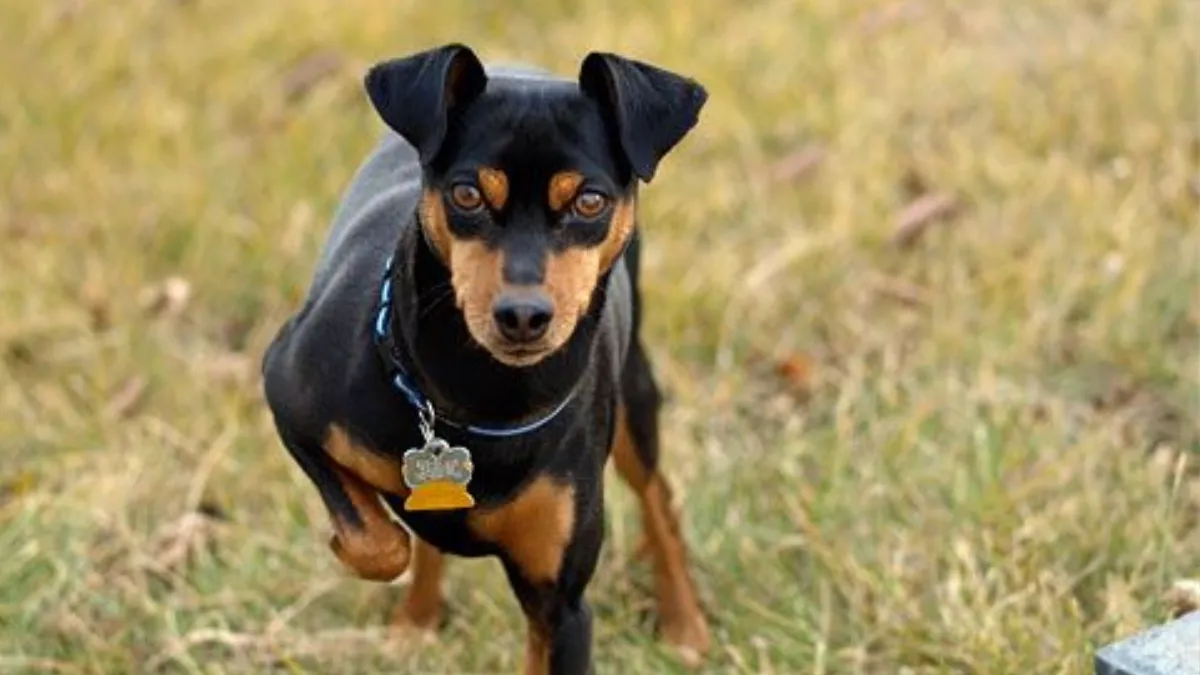
Fun Facts
- The Miniature Pinscher is often called the "King of the Toys" due to its spirited and confident demeanor.
- Despite its small size, the Miniature Pinscher is known for its strong-willed personality and can be challenging to train.
- Health issues to watch out for in this breed include progressive retinal atrophy and nail problems due to their fast growth.
In conclusion, the Miniature Pinscher is a unique and spirited toy dog that is loved by many. Its sturdy build and vigilant nature make it a great addition to any household, but potential owners should be aware of their strong-willed personality and potential health issues.
Conclusion:
In conclusion, understanding "What is a Miniature Pinscher?" is essential for potential owners. These small yet spirited dogs possess a distinct personality characterized by their lively nature, intelligence, and independence. While they may be independent, Miniature Pinschers still require attention, affection, and mental stimulation to thrive. Their energetic demeanor and need for activity make regular exercise and interaction play crucial aspects of their care.
Additionally, early training and socialization are vital to ensure they develop into well-adjusted companions. By delving into their temperament, traits, and care requirements, individuals can make informed decisions about bringing a Miniature Pinscher into their homes. Whether as a devoted pet or a playful companion, Miniature Pinschers bring joy and energy to any household. Embracing the essence of a Miniature Pinscher involves recognizing their unique qualities and providing them with the love and care they deserve. Ultimately, building a strong bond with these charming canines enriches the lives of both owners and their Miniature Pinschers.




